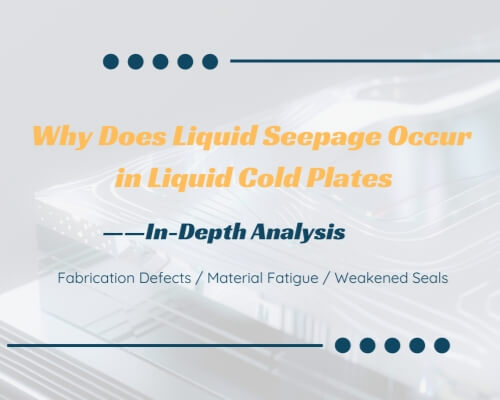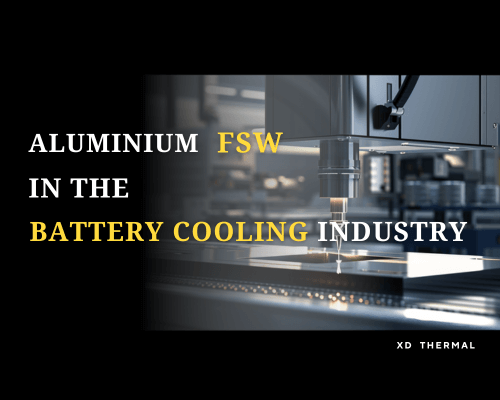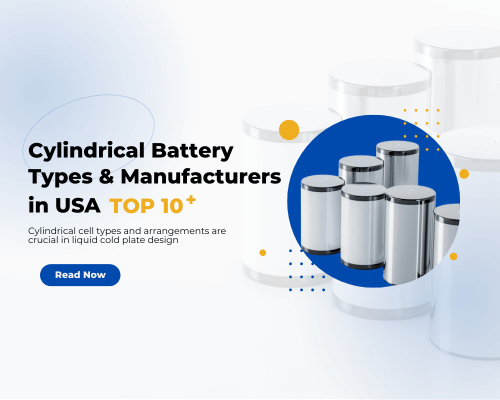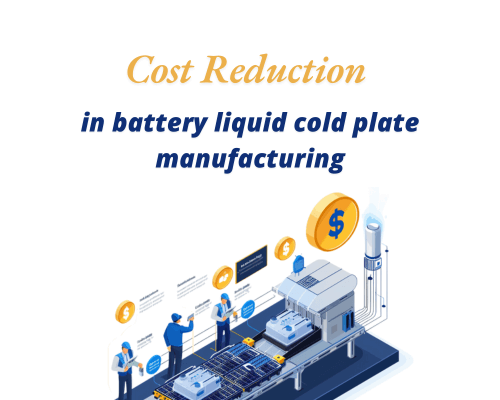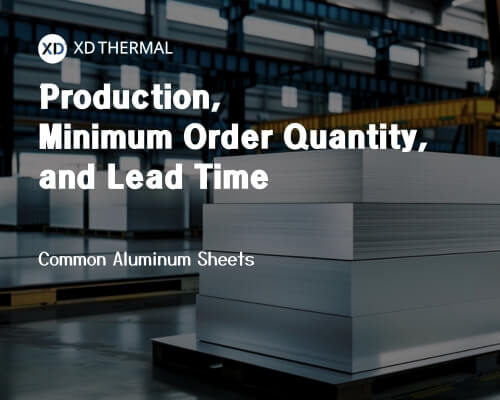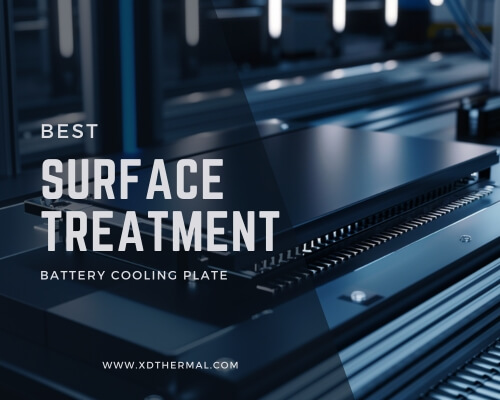액체 냉각판에서 액체 누수가 발생하는 이유
Why Does Liquid Seepage Occur in Liquid Cold Plates High repair costs, compromised thermal performance, and potential safety hazards—liquid seepage in cold plates threatens system stability. Understanding its causes is key to preserving reliable cooling solutions. Leakage frequently results from fabrication defects, material fatigue, and weakened seals. To counteract these issues, implement robust welding, use corrosion-resistant alloys, and adopt high-quality sealing materials. Crucially, if a seepage issue emerges during final inspection, the cold plate is scrapped rather than repaired—underscoring the importance of meticulous manufacturing and early detection. Let us now examine the primary factors that contribute to seepage and proven methods to prevent it. Table of Contents What Are the Primary Triggers for Liquid Seepage in Cold Plates Liquid cold plates, when subjected to tiny cracks or exposed to corrosive coolants, become more prone to leakage. Recognizing these triggers early on helps maintain operational stability and prolong component life. Core drivers include flawed welding, subpar material selection, Thermal Expansion issues, and chemical incompatibility. Even minute weaknesses can develop into full-blown leaks under continual stress. Since final checks cannot salvage a defective plate, enforcing precise engineering standards from the outset is crucial. Engineers often overlook minor deviations in weld quality or micro-fissures in brazed joints. Over time, continuous temperature fluctuations and mechanical stresses worsen these defects. Additionally, corrosive coolant additives can eat away at the surface, allowing seepage through eroded pathways. Being vigilant from design through production is cost-effective and safeguards against scrapping entire batches when a leak is finally discovered. Implementing real-time imaging or ultrasonic testing helps detect vulnerabilities at an earlier stage. In-Depth Analysis: Design Defects Insufficient structural strength Liquid-cooling plate runner walls thinner than 1 mm, or an inadequate reinforcement layout, can deform under pressure fluctuations above 0.3 MPa. (Example: One liquid cooling plate experienced weld cracking after 50,000 pressure…

